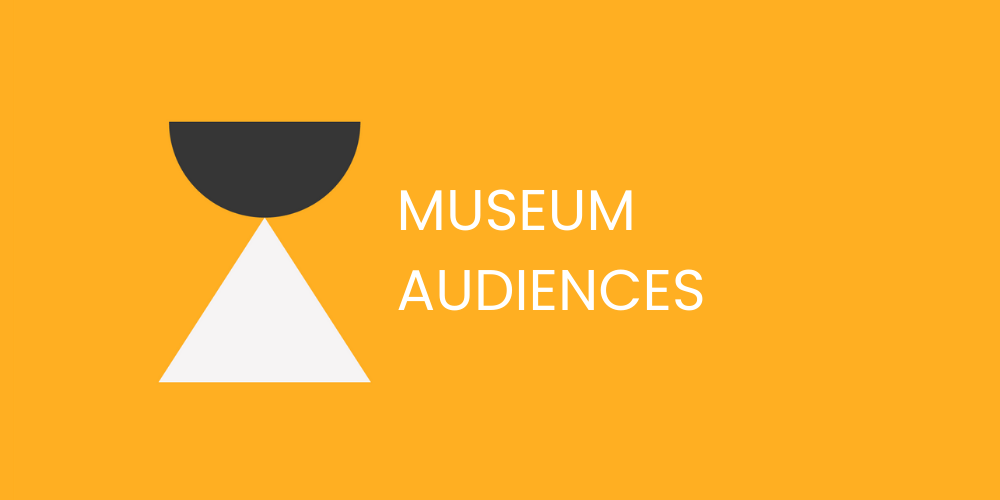
A space for our community to learn alongside us
Insights | Publications | Tools
The latest from our team
Summative Evaluation: Is It Worth It?
At the Visitor Studies Association (VSA) conference in July 2024, I co-presented with two museum exhibition practitioners about questioning the status quo of exhibition evaluation practices. We each approached the session with questions and skepticism about traditional summative evaluation for exhibitions. The big question I explored was: Are summative evaluations worth the cost (money and time)?
What is the Value of Audience Research?
My colleague recently asked for suggestions on resources to share with a client about audience research. We had no shortage of suggestions for resources about conducting audience research, but we lacked resources about the value of audience research for museum practitioners.
The Benefits of Walk-and-Talk Interviews with Museum Visitors
We recently conducted an exploratory study of the efficacy of various interpretative strategies at the Denver Art Museum (DAM). Given the goals of the study, we proposed an infrequently-used method: walk-and-talk interviews.
How I Pursue Care Ethics in My Work
At this year’s National Art Education Association National Convention (NAEA), I presented (although not in person as intended) as part of a session called “The Ethics of Care: Love, Morals, and the Future of Museum Education.” As my former professor Dana Carlisle Kletchka described in our presentation, the Ethics of Care, or Care Ethics, is a philosophical approach to morals developed in the 1970s with feminist roots.
Can We Please Stop Saying that Museums are “Trusted”?
It’s been about a year since the American Alliance of Museums (AAM) and Wilkening Consulting published “Museums and Trust 2021.” The report states that museums continue to be regarded as “highly trustworthy.” This statement made me uncomfortable last year and continues to bother me now.
IRB 101: What types of human subjects research are exempt from IRB?
This post will help you determine—if indeed you are conducting human subjects research—whether it is exempt from IRB review.
IRB 101: What is (and isn't) human subjects research?
This third post defines criteria for human subjects research by breaking down the term “human subjects research.”
IRB 101: Risks to Research Participants
In my first post in this IRB 101 series, I described what IRBs are and why they exist. IRBs exist to protect research participants. In this second post, I focus on risks to research participants.
IRB 101: What are they? Why do they exist?
My hope in leading the IRB 101 workshop and writing these posts is to help others overcome their nervousness about IRBs. Let’s start with a shared, foundational understanding of IRB.
If we cannot define “museums,” how do museums survive?
While there is some agreement on what a museum does—collect, preserve, educate—there is not consensus on the museum’s purpose. From our theoretical perspective, purpose is the impact a museum has on people.
Social and Emotional Learning is Imperative and in Museum Educators’ Wheelhouse: Part 2
There are other ways art museum educators can play a critical role in promoting social and emotional learning, all the while attending to museum’s audience-focused Diversity Equity Access and Inclusion (DEAI) efforts during this time.
Social and Emotional Learning is Imperative and in Museum Educators’ Wheelhouse
Evaluators know the power of questions. A good question can unlock so much knowledge. And that is what happened for me when I was helping my daughter completing a Social and Emotional Learning (SEL) assignment given to her grade by the school counselor.
10 things to know about quantitative data: A guide for museum practitioners
Based on my experience presenting quantitative results to museums, I came up with a list of 10 things to know about quantitative results so you can better assess their meaningfulness.
Sampling Protocols: How do I know that my sample represents the actual population?
Sampling is a very important consideration for all types of data collection. For audience research and summative evaluations in particular, it is important that the sample from which data is collected represents the actual population.
Sample Size: How many questionnaires is enough?
Sample size is a standard question we are asked, particularly for questionnaires since we will be using statistical analyses. Read about what we recommend and why.
IRB and School District Review—A Necessary Slow Down
I’d like to piggy-back on the slow movement and talk about Institutional Review Board (IRB) and school district review, which is Slow with a capital ‘s’—for better or worse.



















